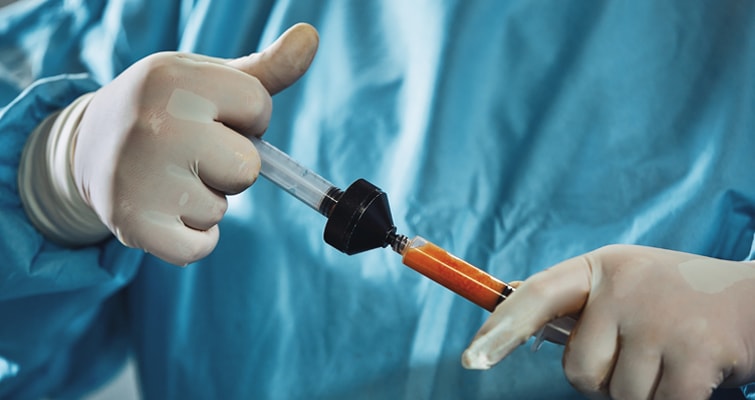 Recently, I had the very special opportunity to write a guest blog for one of my favorite websites, breastrecon.com. In this blog, I reviewed the uses of autologous fat grafting in breast reconstruction and raised a question that I have been interested in for years:
Recently, I had the very special opportunity to write a guest blog for one of my favorite websites, breastrecon.com. In this blog, I reviewed the uses of autologous fat grafting in breast reconstruction and raised a question that I have been interested in for years:
Do the transplanted stem cells in fat tissue stimulate cancer?
About a week later, when I was perusing the latest headlines in plastic surgical research, I was pleasantly surprised to find an article addressing this very question. In this study, the researchers carried out experiments in Petri dishes (not in living animals or people) to see if culturing fat stem cells together with breast cancer cells would cause any detectable changes. Using several molecular tests, they determined that the fat cells caused the cancer cells to become worse, with activation of typical cancer markers and inflammatory activity.
So, according to this new study, the answer is yes, certain cells found in autologous fat grafts can stimulate cancer. But before we decide to abandon fat grafting in breast reconstruction, it is important to understand some of the potential weaknesses of this study and to put its results into perspective.
While this study elegantly shows how cancer cells could change when exposed to certain types of fat grafts, the experiments were all done in Petri dishes and not living organisms. These are two very different worlds. In the petri dish, the cells are forced to mingle and there are no barriers or other cells to interfere with this contact. In contrast, in living tissues, there are thousands of other cells and factors present in the environment. Therefore, it is difficult to extrapolate the effects these two types of cells have on each other in the petri dish, to what might, or might not happen in a living, breathing animal or person.
It goes without saying that fat grafting is an up and coming technique that has already proven to have several great uses. But in the setting of breast cancer, it is difficult to know exactly what effects the stem cells within fat grafts might be having on any breast cancer cells which might have escaped the initial lines of therapy such as mastectomy, lumpectomy, chemotherapy, and/or radiation therapy. For these reasons, breast reconstruction with large volumes of isolated fat stem cells warrants further research. Using smaller volumes of unpurified fat cells for the correction of smaller deformities after breast conservation or reconstruction may avoid some of these potential risks.

2 thoughts on “Can Autologous Fat Grafts Affect Cancer Cells?”
Does this concern apply to DIEP & other flap procedures or fat grafting only?
Hi Katrina, that’s a very good question. The main issue is when/if purified populations of adipose-derived stem cells are transferred, rather than the transfer of mixed cell populations such as those that are found in traditional autologous fat grafts or other autologous transfer procedures (DIEP flaps).